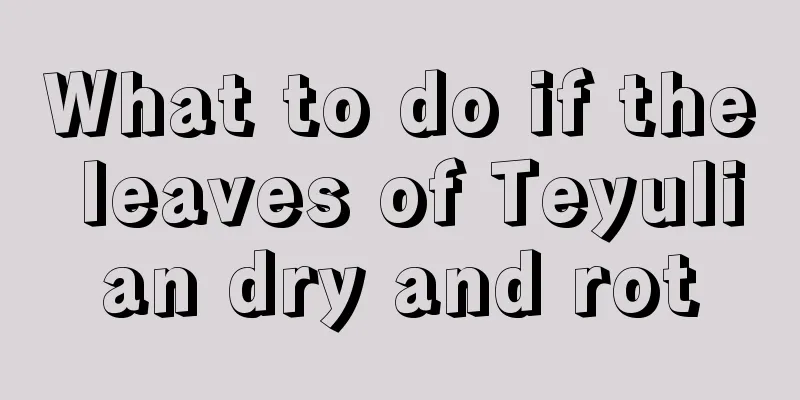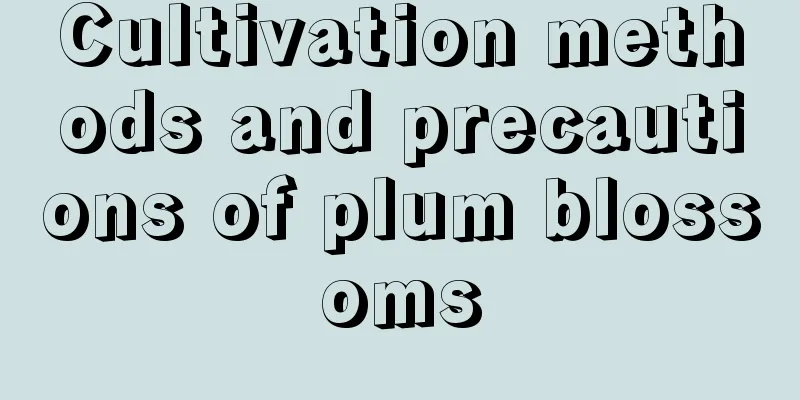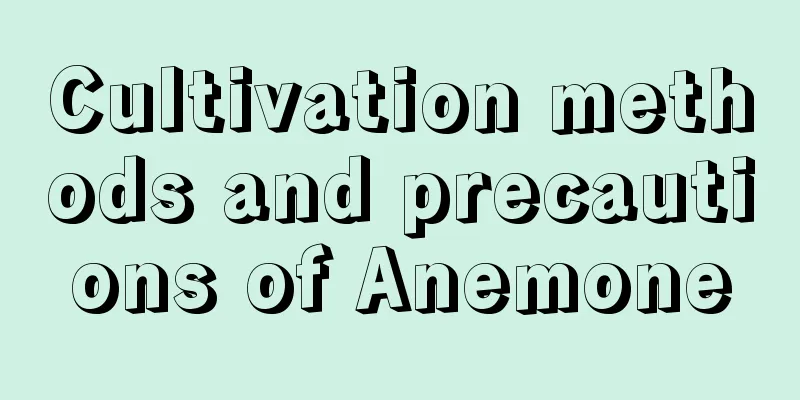What to do if the golden diamond has root rot

1. Water appropriatelyReason: If the amount of water given to the golden diamond is too large and there is no way to drain it in time, a certain amount of water will accumulate. Its roots will be soaked in the accumulated water for a long time, which can easily lead to root rot. Solution: Do not water too much, just keep the soil moist, generally water once every 10-15 days. You can increase the amount of watering during the growth period. It is best to water in the morning or evening. The best soil state is slightly moist without water accumulation. 2. Reasonable fertilizationReason: Excessive or too frequent fertilization will burn the roots of the golden diamond and cause root rot. Solution: Reduce the amount of fertilizer, apply thin fertilizers frequently, and do not apply fertilizers too frequently. Fertilizers are generally nitrogen-based. Do not apply highly concentrated fertilizers. If the amount of fertilizer is large, water plenty of water to allow the fertilizer to flow out as soon as possible, but do not allow water to accumulate. 3. Increase the temperatureReason: The temperature is generally lower in winter. If the temperature is too low, it will stop growing. If it is placed in a dark environment, its leaves will turn yellow and the roots will easily rot. Solution: Increase the temperature appropriately, the minimum temperature should not be lower than 10℃, and do not let it be blown directly by cold wind. You can place it indoors for maintenance, and allow it to receive appropriate amount of light during the day in winter. 4. Disease prevention and controlReason: Once the golden diamond is infected with disease, not only will the leaves turn yellow, but the roots will also be damaged. In severe cases, it may stop growing or even die. Solution: Use pesticide spray promptly, maintain appropriate temperature, ventilate frequently, and remove diseased leaves promptly after discovering them to avoid reinfection. |
<<: What to do if the roots of fuchsia rot
>>: What to do if the baby's breath has rotten roots
Recommend
How to propagate Schefflera
1. Seeding method For propagation by sowing, you ...
What is the best month to plant Trichosanthes kirilowii?
When to plant Trichosanthes kirilowii Trichosanth...
How to prepare soil for golden bean bonsai cultivation?
Suitable soil requirements for golden bean bonsai...
How to deal with lisianthus after flowering
Treatment after flowering of eustoma If the nutri...
How often should I water Clivia?
Watering Clivia is a very important maintenance s...
How long to fertilize after repotting Clivia
1. Fertilize after repotting You cannot fertilize...
How to prune cactus
When to prune cactus It is best to prune cacti in...
Taboos for placing Clivia
1. Do not place it behind the entrance The entran...
How to water yew
Overview of Yew Watering Yew is a plant of the ge...
Cabbage planting time and method
Cabbage planting time Cabbage has strong adaptabi...
How to grow Gloxinia flowers
1. Soil It likes to grow in a loose, air-permeabl...
When to harvest onion seeds?
Onion Seed Harvest Time It takes 8-9 months for o...
How to water peach eggs
Watering principles Peach egg likes a dry potting...
How to propagate jade ornaments
Breeding Tips Reproduction method Like other plan...
Growing flowers all depends on one sentence, 100% guarantee of survival!
Pothos Maintenance Keywords: Watering In spring, ...









